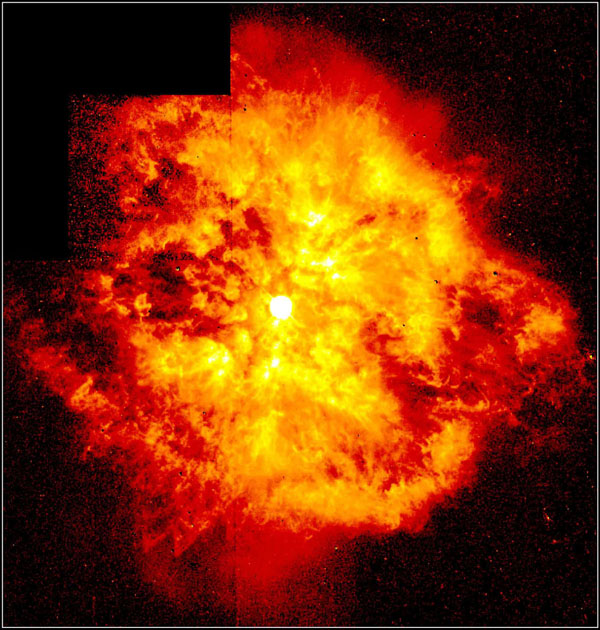There are major evidences which supports the Big Bang theory:
1. Expansion of the Universe: The observation of distance galaxy and quasar show that these object are moving way from us at speeds proportional to their distance. The light emitted from them has been found to be shifted to linger wavelengths called red shift. This is called Hubble law. This observational fact suggests that the universe was once very compact. Thus the universe had a beginning.
2. The abundance of light elements: Using Big Bang model, it is possible to calculate the concentration of light elements. The ratio calculated (by mass and not by number) are about 0.25 for He-4/H, for 2H/H and about
for He-3/H. The measured values agree with these predicted values. This agreement supports the Big Bang model.
3. Cosmic Microwave Background Radiation: In 1965, Penzias and Wilson discovered 2.72K cosmic microwave background radiation as predicted by Big Bang theory. Cosmic microwave background radiation is thermal radiation filling the universe almost uniformly. According to Big Bang theory, as the universe expanded, adiabatic cooling caused the plasma to lose energy until it become favorable for electrons to combine with protons, forming hydrogen atoms. This recombination event happened when the temperature was around 3000K or when the universe was approximately 379,000 years old. At this point, the photon no longer interacted with the new electrically neutral atoms and began to travel freely through space, resulting in the decoupling of matter and radiation. This decoupled radiation is the background remnant. The temperature of the decoupled photons has continued to diminish ever since, now down to 2.725K, their temperature will continue to drop as the universe expands.
4. Galaxy evolution and distribution: Detailed observations of the morphology and distribution of galaxies and quasars provide strong evidence for the Big Bang. A combinations of observations and theory suggest that the first quasars and galaxies formed about a billion years after the Big Bang and since then larger structures have been forming such as galaxy clusters and super clusters. Thus the observation of star formation galaxy and quasar distribution and larger structures agree well with the Big Bang simulations of the structure formation.
5. Age of the universe: The age of the universe that was estimated from the Hubble law and cosmic microwave background is in good agreement with the ages of the oldest stars, both as measured by applying the theory of stellar evolution to globular clusters.






